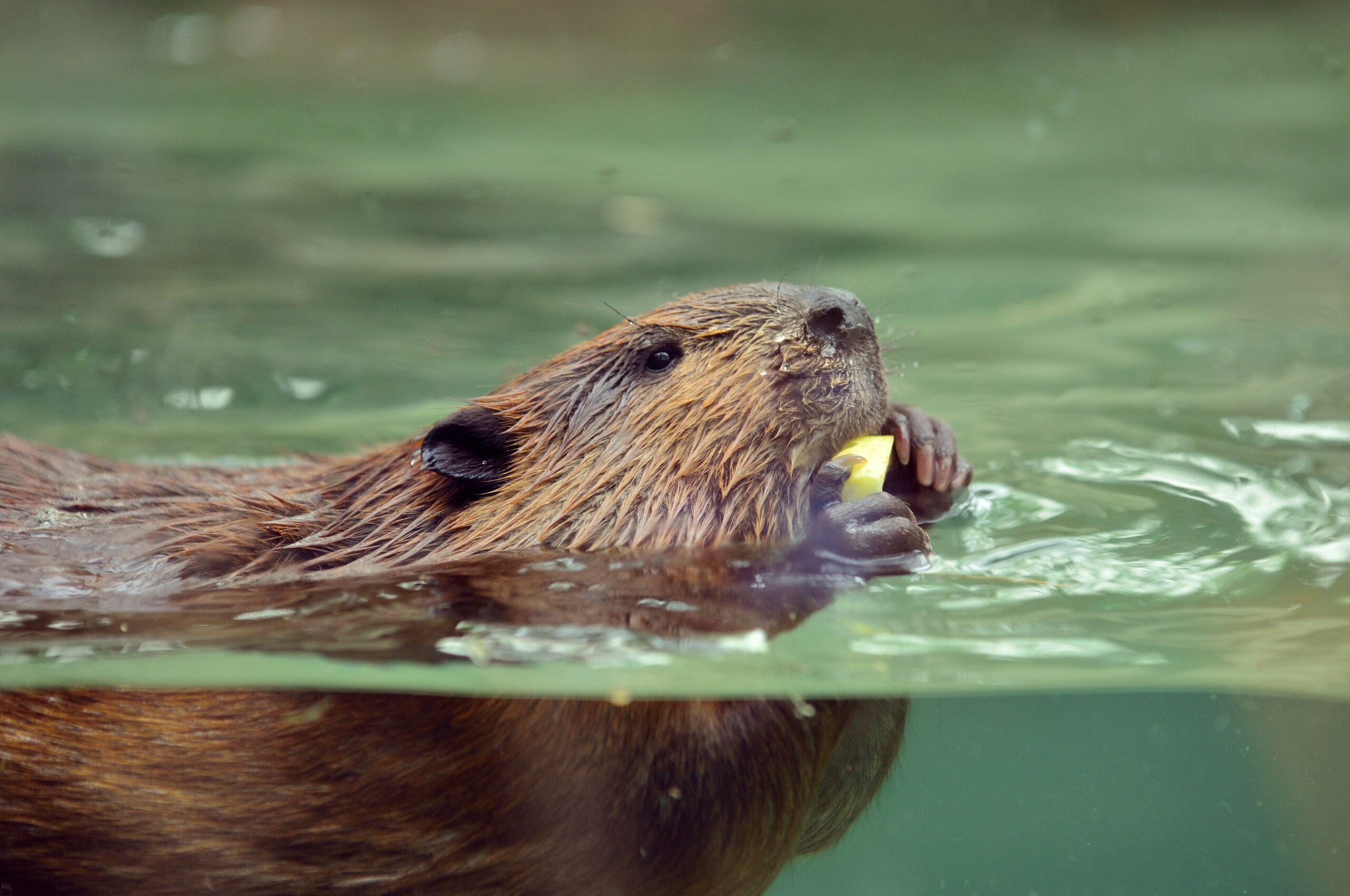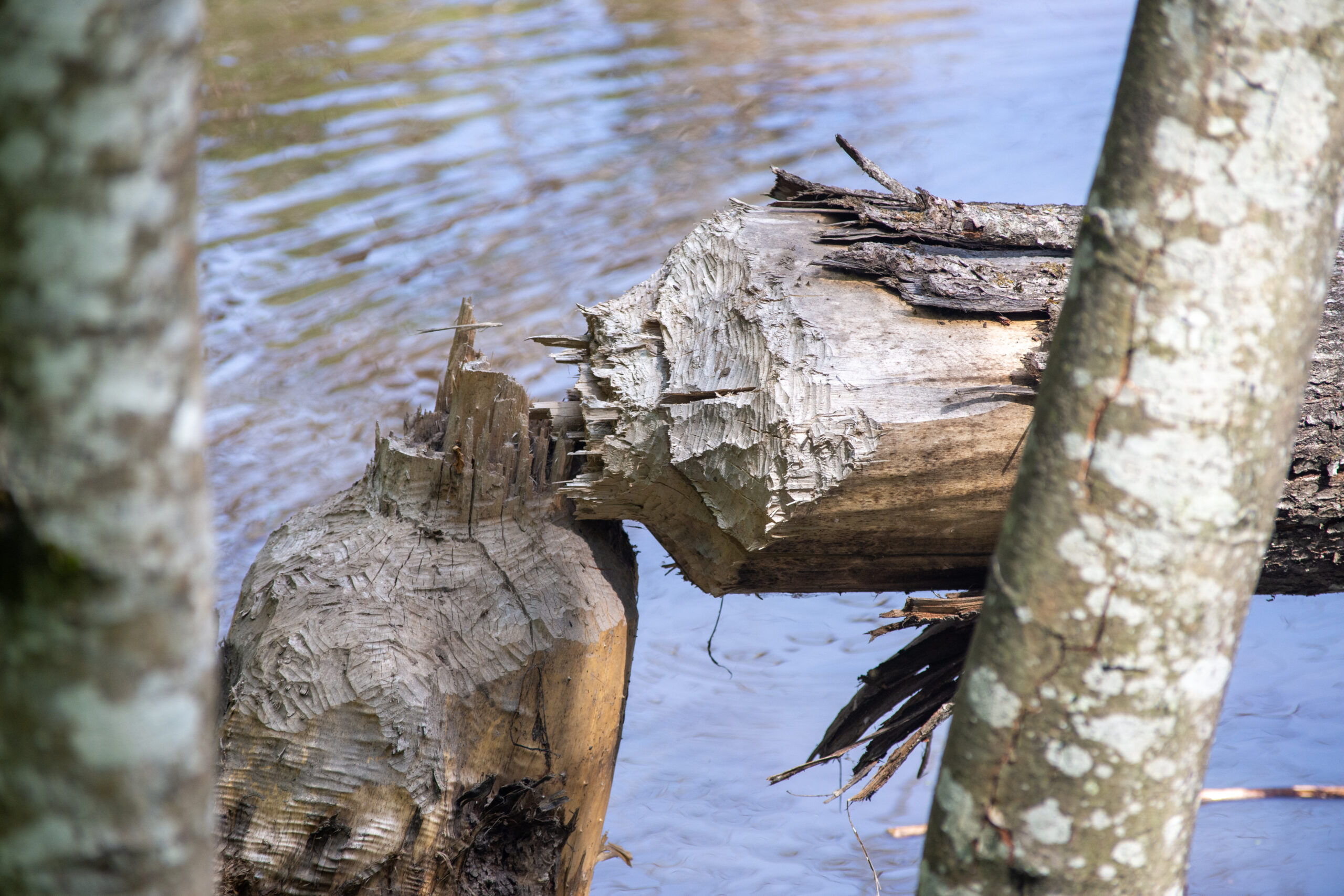Tactics
Plan Your Dove Fields Now for Hunting Season Success
July 2, 2025 •John N. Felsher
Beaver trapping season is in full swing! Most states are open through early spring; so, as some of the other popular hunting seasons wind down, you should consider trying your hand at some springtime beaver trapping over the next few months. Trapping is important for many reasons, including wildlife management, conservation efforts, and fur harvesting. In this article, we will explore the methods and techniques behind trapping beavers, as well as recommend a few places to get started.

Trapping is a carefully regulated process aimed at maintaining ecological balance, managing habitats, and ensuring the sustainable use of natural resources. Trappers, often licensed and trained, play a crucial role in wildlife management strategies.
If you live in the New York area, or want an excuse to take a cross-country trip, you should consider Fort Drum — it’s is one of the top iSportsman locations to trap beavers. If you’re interested, you can plan your trip here.
Conibear traps are widely used in beaver trapping due to their efficiency and humane design. These traps are placed strategically near beaver activity zones and are designed to quickly and effectively capture the beaver by compressing its neck or body.
Foot-hold traps are designed to restrain beavers by gripping their limbs, preventing them from escaping. Modern foot-hold traps prioritize the well-being of the captured animal, minimizing injury and stress.
Trappers often utilize underwater sets, taking advantage of beavers’ natural behaviors around water. These sets are strategically placed in waterways, leveraging the beaver’s instinctual response to underwater disturbances.
Beaver trapping serves as a valuable tool in wildlife management by controlling beaver populations in specific areas. This helps prevent overpopulation and its potential negative impacts on ecosystems.

Beavers, while essential to ecosystems, can sometimes cause damage through dam-building activities. Trapping allows for targeted habitat management, preventing adverse effects on wetlands, forests, and agricultural lands.
Historically, beaver fur was highly prized for its warmth and water-resistant properties. Although the demand for beaver fur has diminished, some trappers engage in the practice for sustainable fur harvesting, adhering to ethical guidelines.
Beaver trapping, when conducted responsibly and ethically, plays a crucial role in wildlife and habitat management. By understanding the methods involved and respecting regulations, trappers contribute to the delicate balance of ecosystems, ensuring the sustainable coexistence of humans and beavers.